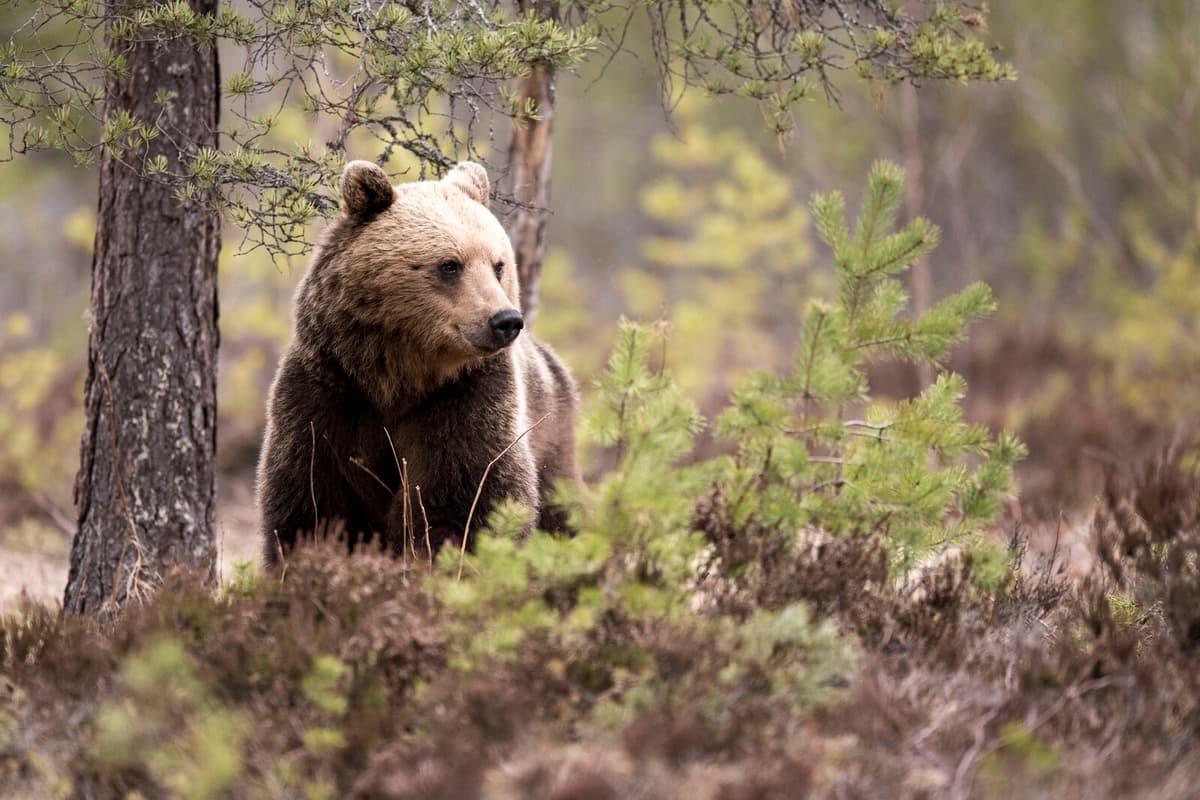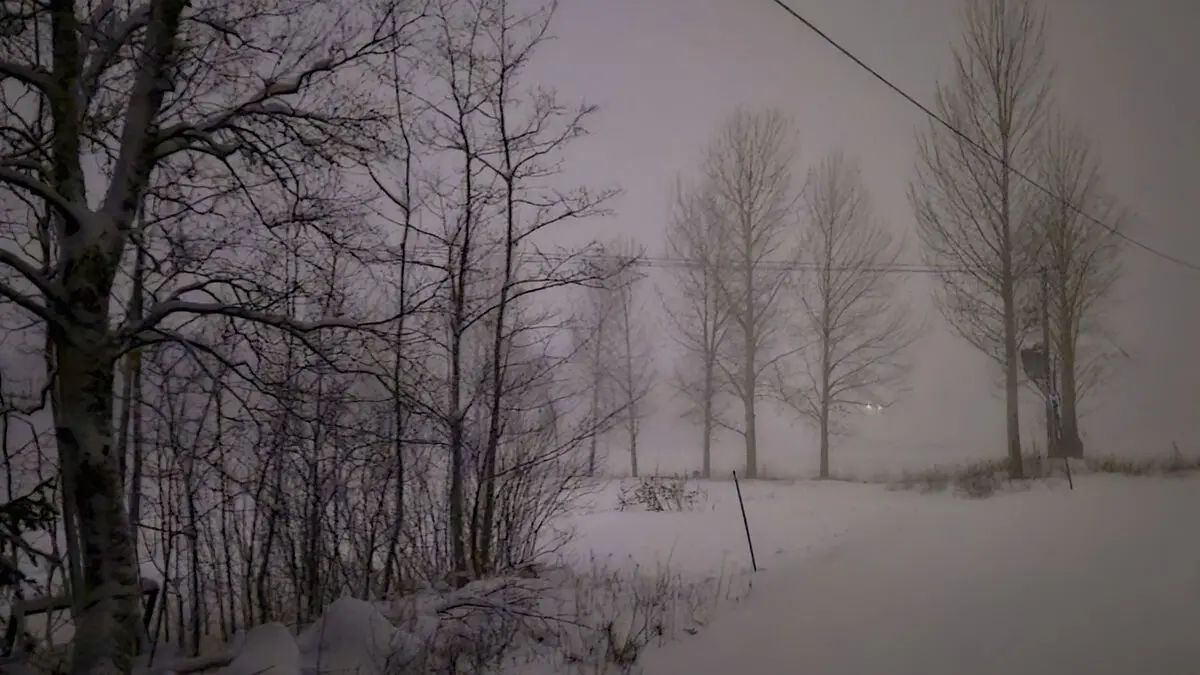The Scandinavian bear project began in 1984, but it was not until the beginning of the 1990s that the importance of following the bears over a longer period was realized.
The generation time of bears is perhaps ten years and they do not become sexually mature until after five. So if you want to get any information, you have to follow them for a long time, says Jonas Kindberg, who has been the project manager.
Kills cubs
One thing that has been discovered is that infanticide, killing cubs and then mating with the female, occurs among bears. It was something that was difficult to get heard in the research world because it has not been seen in North America where bears have been studied much more.
But it turned out that it has a very great significance for the mortality of cubs and what strategies the bear females have to avoid it. Females with small cubs are in the mating season closer to humans and they only do that when they have cubs – because there are no large male bears there.
This is a discovery that is important for the management of the bear population, explains Jonas Kindberg. When people see bears near human settlements in the spring and early summer and become anxious, it is good to know that it is likely a female trying to protect her cubs.
They are only there because they are more afraid of male bears than they are of people.
Get little new information
Technological development has also made it possible to obtain information that was not possible when the project started. Information about where the bears were located was initially obtained with the help of collars that had to go out with an antenna and locate. In this way, you might get one or two positions per week. Now, with the help of the mobile network and GPS collars, you can get positions at any time.
Now we have collars that can communicate with each other, which we can put on them and get a completely different level of detail on the information. And with other types of sensors, such as heart rate meters, we can see how stress temperature and other things affect the bear.
How much they are disturbed, or how active they are during different parts of the day, is very difficult to get if you do not get positions from activity from the bears throughout the day.
For example, it has been found that bears become more nocturnal in areas where there are more people and during hunting and berry picking seasons. They would rather not have anything to do with us.
In 80 percent of the cases where you actually encounter a bear, you do not know it – because then the bear has discovered you but not you the bear. It is something that can be good for people to know and makes it perhaps a little easier for coexistence.
Boel Holm/TT
Facts: The bear in Sweden
TT
In 1927, the bear was protected in Sweden. Then there were only about 130 left, after centuries of hunting.
As early as 1893, the bounty on bears was abolished, and when the Sonfjället National Park in Härjedalen was established in 1909, it was, among other things, to give the bear a sanctuary.
In 1942, the Swedish population was estimated to be 294 bears, and it was decided that it was large enough to tolerate hunting. This led to the reintroduction of a form of autumn hunting in Sweden in 1943.
Today, there are approximately 2,500 bears in Sweden.
The Scandinavian bear project started in 1984 and has followed more than 940 different bears.
Source: The Scandinavian bear project





